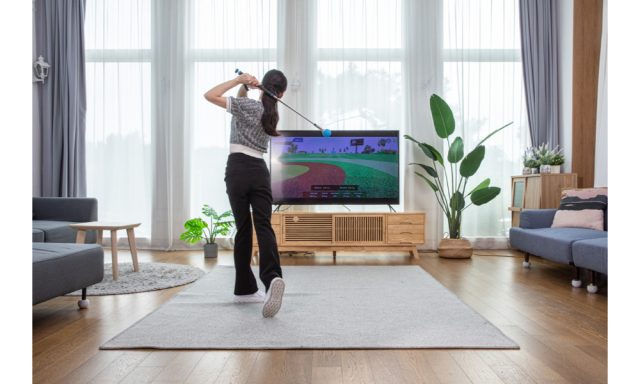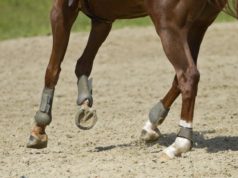Rehabilitation after an injury or surgery often requires exercises that are engaging, low-impact, and adaptable to each patient’s pace. Indoor golf simulators, like Phigolf 2, are proving to be valuable tools in this space. They not only support recovery but also keep individuals motivated through enjoyable, tech-driven activities.
Gentle Movements for Recovery
Golf swings, when practiced at moderate intensity, provide a balance of flexibility, balance, and controlled strength training. For patients recovering from joint issues or muscle injuries, practicing with Phigolf 2 offers a safe, low-impact way to rebuild motion and confidence without the strain of outdoor play.
Enhancing Coordination and Balance
One of the key goals of rehabilitation is regaining stability. Using indoor golf simulators allows individuals to focus on posture and balance through controlled swings. The immediate feedback provided by Phigolf’s motion sensors helps patients and therapists track improvements over time, making progress measurable and rewarding.
Mental Health and Motivation
Rehabilitation can sometimes feel repetitive, but indoor golf introduces variety and enjoyment. Patients can immerse themselves in realistic virtual golf courses, turning exercises into a fun experience. This not only reduces stress but also enhances mental well-being, which is an essential part of recovery.
Therapist-Guided Programs
Physical therapists can incorporate golf swing trainer aids into rehabilitation routines, designing exercises suited to each patient’s condition. With Phigolf’s real-time feedback, adjustments can be made instantly to ensure proper form. This partnership between technology and therapy encourages faster and safer recovery.
Long-Term Health Benefits
Even after rehabilitation, continuing with indoor golf practice supports long-term mobility, joint health, and cardiovascular wellness. It creates a bridge between recovery exercises and active lifestyles, encouraging patients to maintain their fitness journey beyond the clinic.
Conclusion
Indoor golf, especially with tools like Phigolf 2, provides a unique and enjoyable approach to physical rehabilitation. By combining low-impact movement, real-time feedback, and engaging gameplay, it helps patients recover while staying motivated. For many, this smart fusion of therapy and play makes healing not only effective but also enjoyable.








